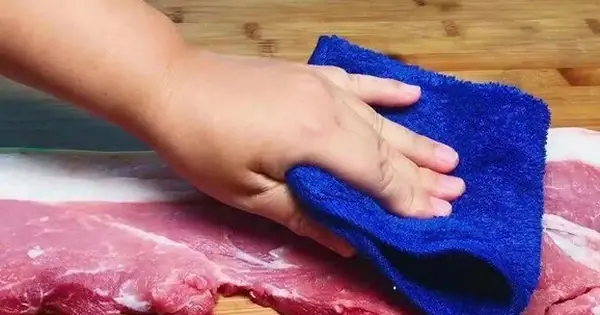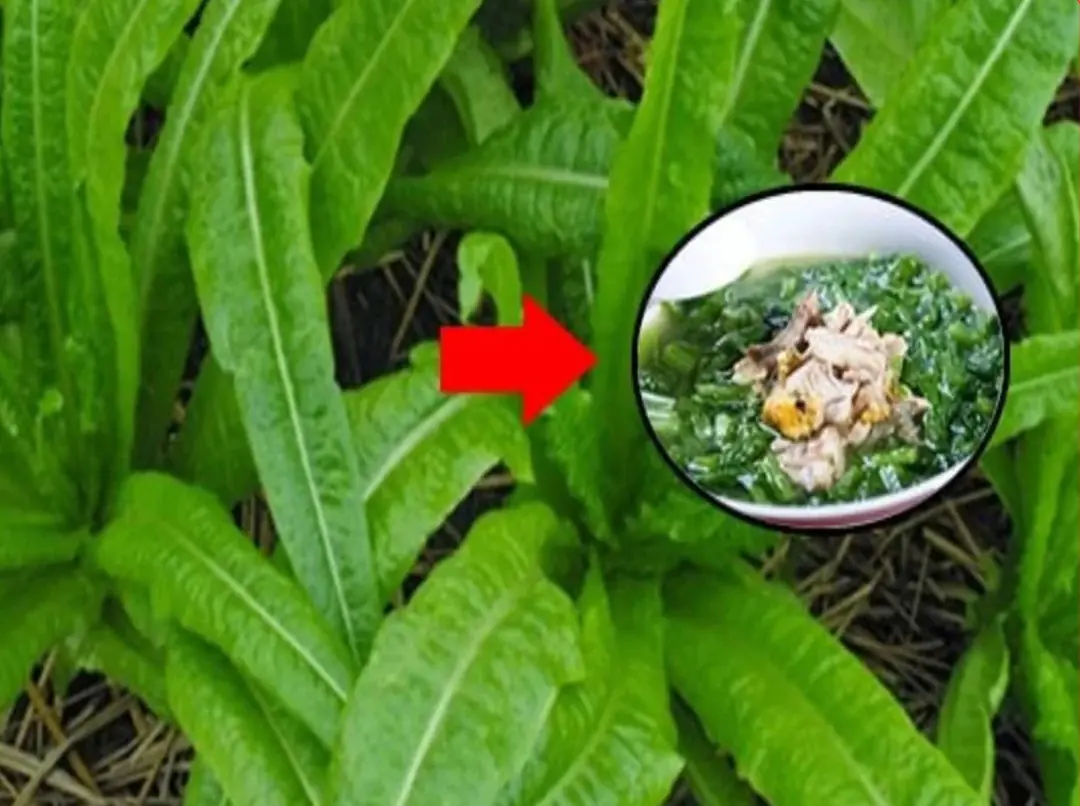
The refrigerator gasket is moldy, use this to clean it, it will be clean in just 5 minutes
How to Quickly and Effectively Clean Moldy Refrigerator Gaskets in Just 5 Minutes
If you’ve ever opened your refrigerator and noticed a strange smell or seen dark spots around the door seals, chances are your refrigerator gasket is moldy. This is a common issue for many households but one that should not be ignored. Mold growing on your refrigerator gasket not only looks unpleasant but can also cause health risks and reduce the efficiency of your fridge. The good news is that cleaning a moldy refrigerator gasket is easier than you might think — and with the right method, you can have it clean in just 5 minutes!
What is a Refrigerator Gasket and Why Does Mold Grow on It?
The refrigerator gasket is the rubber seal that lines the edge of the fridge door. It creates an airtight seal when the door is closed, helping to keep cold air inside and warm air out. Over time, because this gasket is exposed to moisture, food spills, and temperature changes, mold and mildew can develop, especially in those hard-to-reach crevices and folds.
Mold thrives in damp, dark environments — and the refrigerator gasket provides the perfect conditions for it. If left unchecked, the mold can spread, causing unpleasant odors and potentially contaminating the food inside. Plus, a damaged or dirty gasket may prevent the door from sealing properly, making your fridge work harder and increasing your energy bill.
Why Cleaning Mold from the Gasket is Important
-
Health Safety: Mold can trigger allergies, respiratory problems, and other health issues, especially for those with weakened immune systems.
-
Food Safety: Mold spores can spread inside your fridge and contaminate food items.
-
Energy Efficiency: A clean and well-maintained gasket helps maintain the fridge’s cooling efficiency, reducing electricity use.
-
Prolonged Appliance Life: Regular cleaning can prevent gasket damage and extend the lifespan of your refrigerator.
Signs Your Refrigerator Gasket Needs Cleaning
-
Visible black or brown mold spots on the gasket.
-
Musty or moldy odor when opening the fridge.
-
Moisture buildup around the door seal.
-
Difficulty closing the fridge door properly.
-
Condensation or frost buildup near the gasket area.
How to Clean a Moldy Refrigerator Gasket in 5 Minutes
You don’t need expensive cleaning products or professional help. Most of the time, a simple household cleaning agent and a few easy steps are enough to restore your gasket’s cleanliness.
What You’ll Need:
-
Baking soda or white vinegar (both natural mold killers)
-
Warm water
-
A clean cloth or sponge
-
An old toothbrush or small cleaning brush
-
Paper towels or microfiber cloth for drying
Step-by-Step Cleaning Guide:
-
Unplug the Refrigerator (Optional but Recommended)
For safety, especially if you’ll be using a lot of water, unplug your fridge before cleaning. -
Prepare Your Cleaning Solution
Mix 1 tablespoon of baking soda with 2 cups of warm water, or alternatively, use white vinegar straight or diluted with water (1:1 ratio). Both are excellent for killing mold and deodorizing. -
Inspect the Gasket
Pull back the gasket folds gently to expose the mold. Look carefully into all the grooves and folds where dirt and mold tend to accumulate. -
Apply the Cleaning Solution
Dip the cloth or sponge into your cleaning solution and scrub the moldy areas thoroughly. Use the toothbrush or small brush to get into the crevices and hard-to-reach places. -
Wipe Away the Mold
After scrubbing, use a clean, damp cloth to wipe away loosened mold and cleaning solution residue. -
Dry the Gasket Completely
Mold loves moisture, so make sure to dry the gasket thoroughly with paper towels or a microfiber cloth. -
Repeat if Necessary
For stubborn mold, you may need to repeat the process or let the vinegar sit for a few minutes before wiping. -
Plug in Your Refrigerator and Check the Seal
After cleaning and drying, plug your fridge back in and close the door. Check to ensure the gasket seals properly.
Additional Tips for Maintaining a Clean Refrigerator Gasket
-
Regular Cleaning: Make it a habit to clean your gasket at least once every few months to prevent mold buildup.
-
Keep the Fridge Dry: Wipe any spills immediately, especially around the gasket area.
-
Avoid Harsh Chemicals: Bleach and other strong cleaners can damage the rubber gasket, so stick with gentle, natural cleaners like baking soda or vinegar.
-
Check for Damage: Over time, gaskets can crack or become brittle. If cleaning doesn’t restore the seal, consider replacing the gasket.
-
Use a Gasket Protectant: Some products help maintain gasket flexibility and prevent mold, but always check manufacturer recommendations before use.
Why This Method Works Fast and Efficiently
Both baking soda and white vinegar have natural antifungal and antibacterial properties. Baking soda neutralizes odors and gently scrubs surfaces without damaging rubber. Vinegar’s acidic nature kills mold spores on contact and prevents regrowth. Combined with mechanical scrubbing using a toothbrush, this method penetrates the gasket’s folds quickly, making it possible to get the job done in just 5 minutes.
Final Thoughts
A moldy refrigerator gasket is more than just an eyesore — it’s a potential health hazard and energy waster. The good news is that cleaning it doesn’t require special tools or a lot of time. By following this simple, natural cleaning method, you can keep your fridge seal clean, fresh, and functioning properly with minimal effort. Remember to schedule regular cleanings to prevent mold from coming back and enjoy a healthier kitchen environment.
So next time you spot mold creeping along your refrigerator gasket, don’t panic. Grab some baking soda or vinegar, a cloth, and a toothbrush, and in just 5 minutes, you’ll have a clean gasket and a fresher fridge!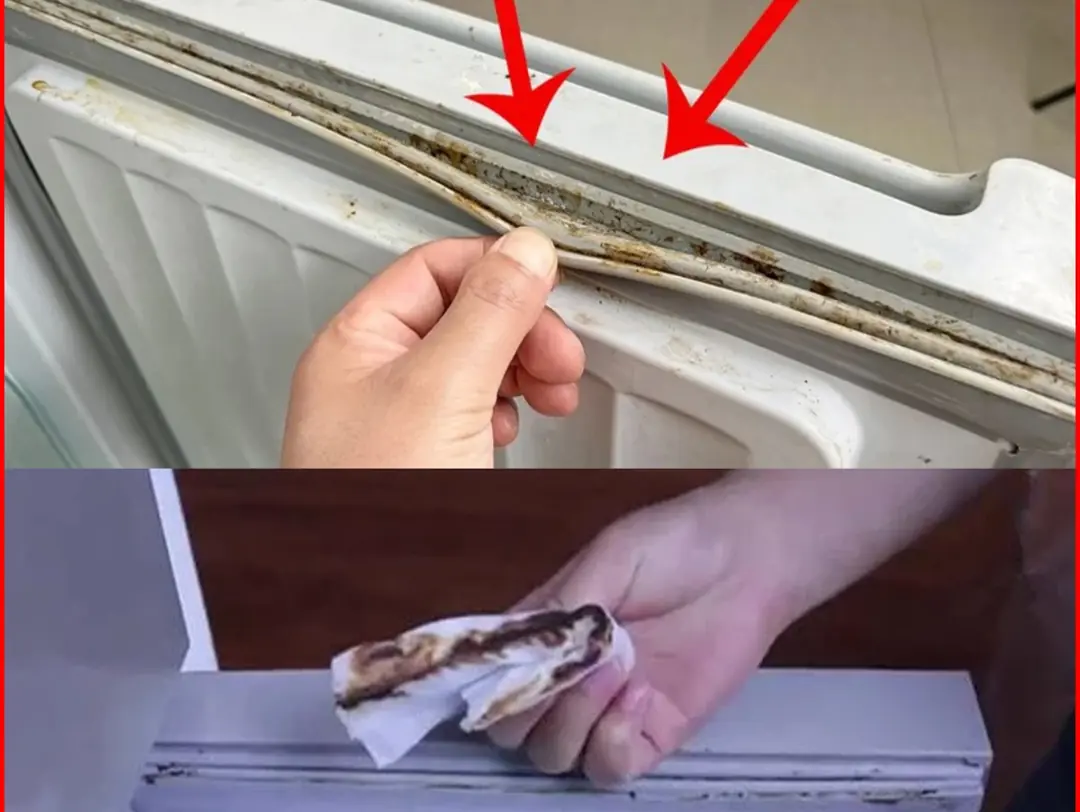
News in the same category

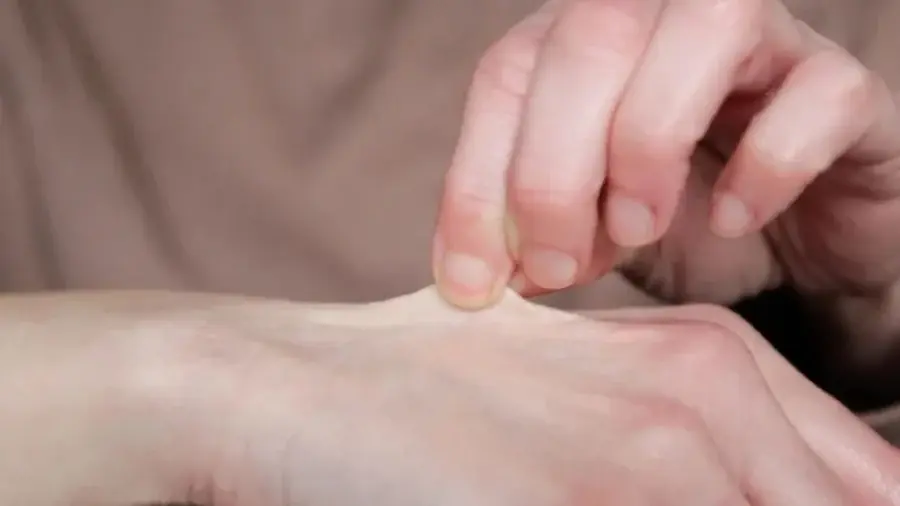
5-Second Skin Aging Test: Instantly Find Out Your Skin's Real Age

How to use rice water and ginger for healthy hair

4 Effective Home Remedies to Eliminate Mucus and Phlegm in the Throat, Sinusitis, and Rhinitis

Tips for boiling potatoes without water, in just 5 minutes, the potatoes will be soft and fragrant
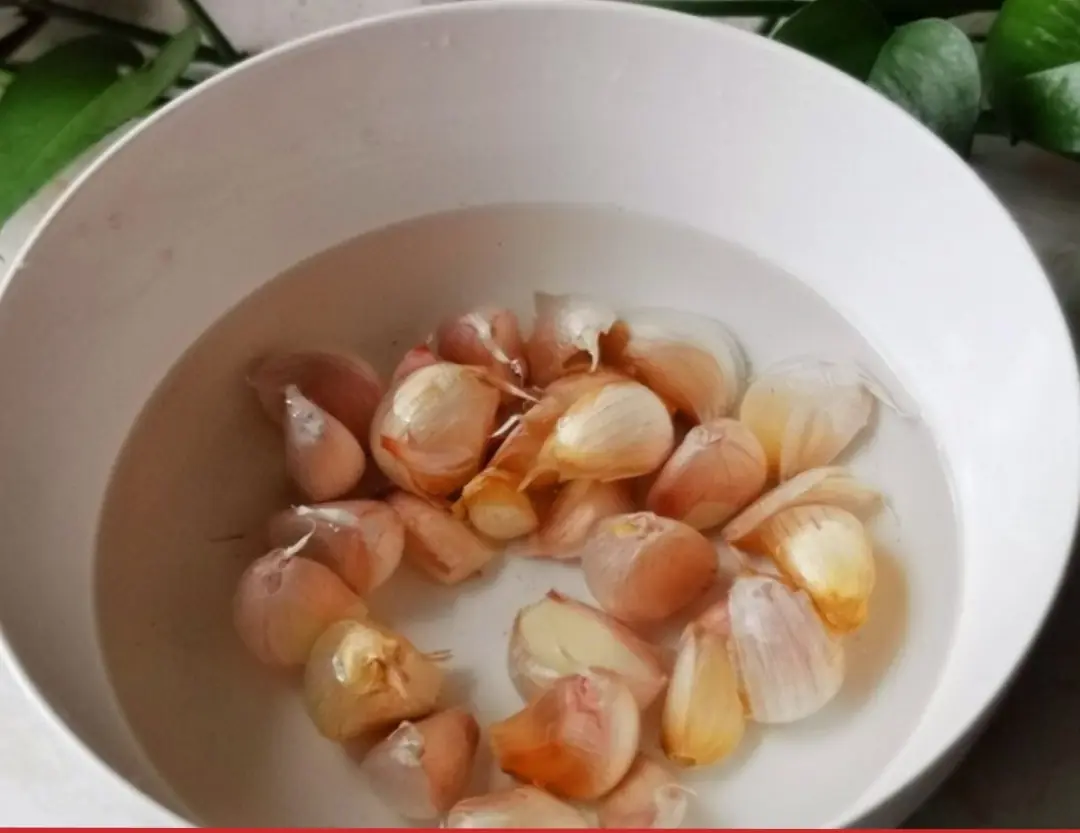
Peeling garlic by hand is old-fashioned. Here are 4 ways that are quick and don't leave a smell on your hands.

6 tips for using beer to condition and wash your hair to make it shiny, black, and reduce hair loss

Not everyone pays attention to this issue
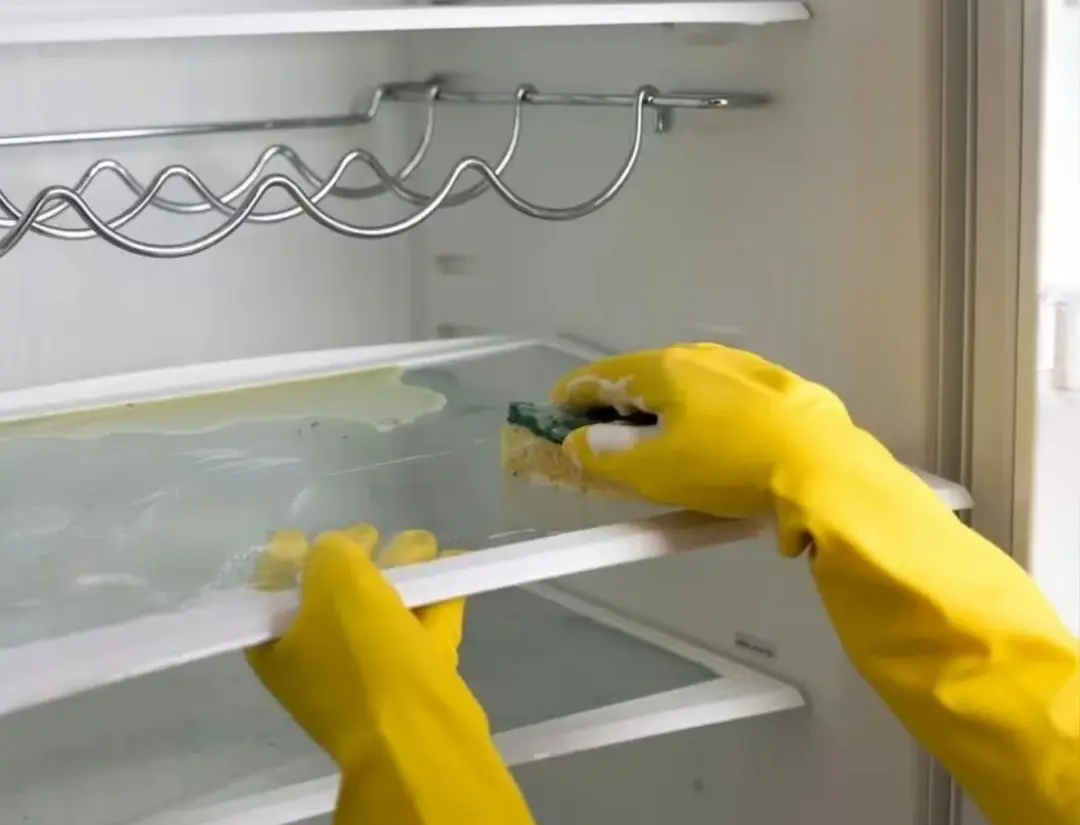
30-minute tip to keep your refrigerator clean and odorless with cheap and safe ingredients

Expired fresh milk has 4 special uses
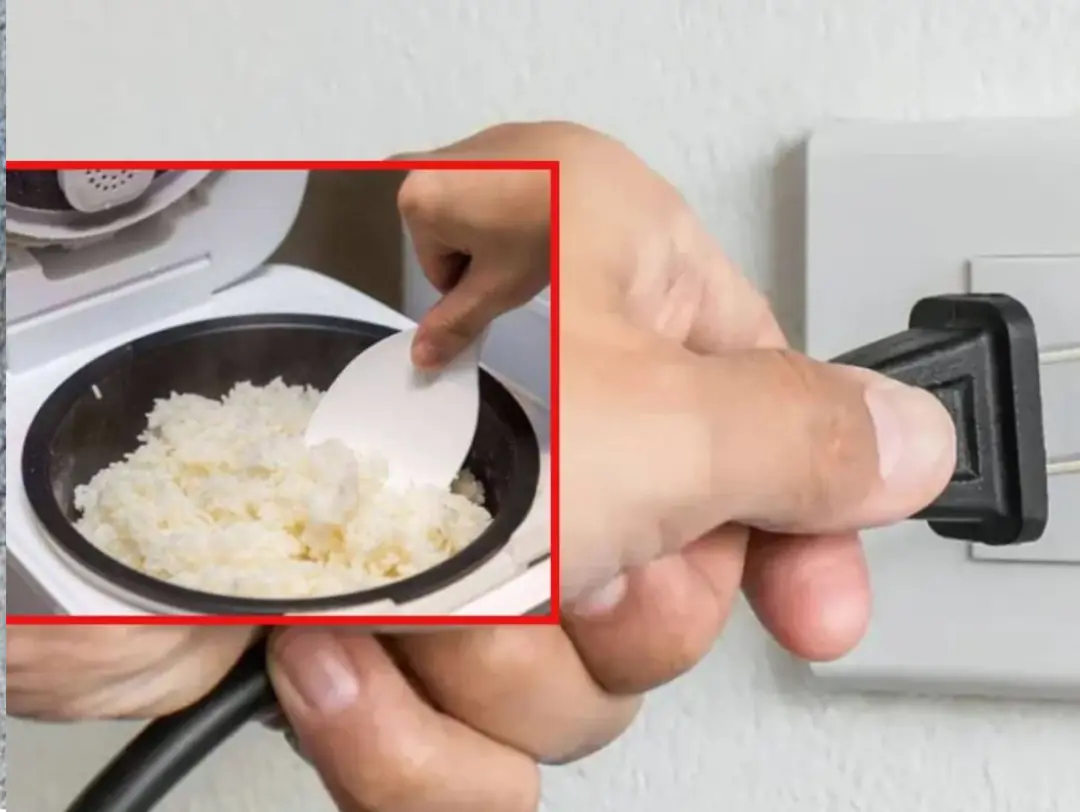
Do You Need to Unplug the Rice Cooker After the Rice Is Cooked: The Surprising Answer

Plant these 5 plants around your house to repel snakes
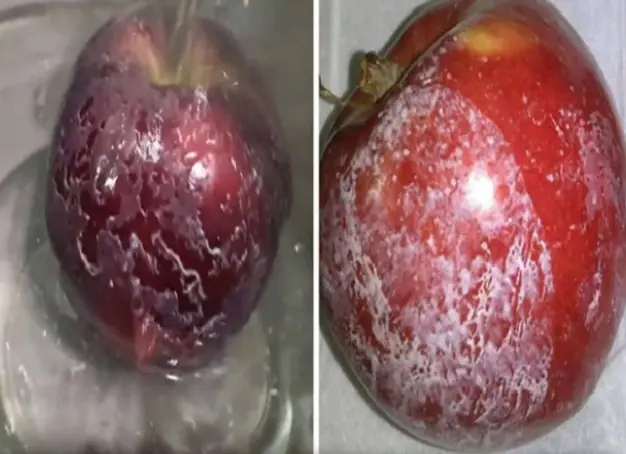
How to effectively remove the wax layer on apples

If your pan loses its non-stick coating, don't throw it away.

How to repel mosquitoes easily
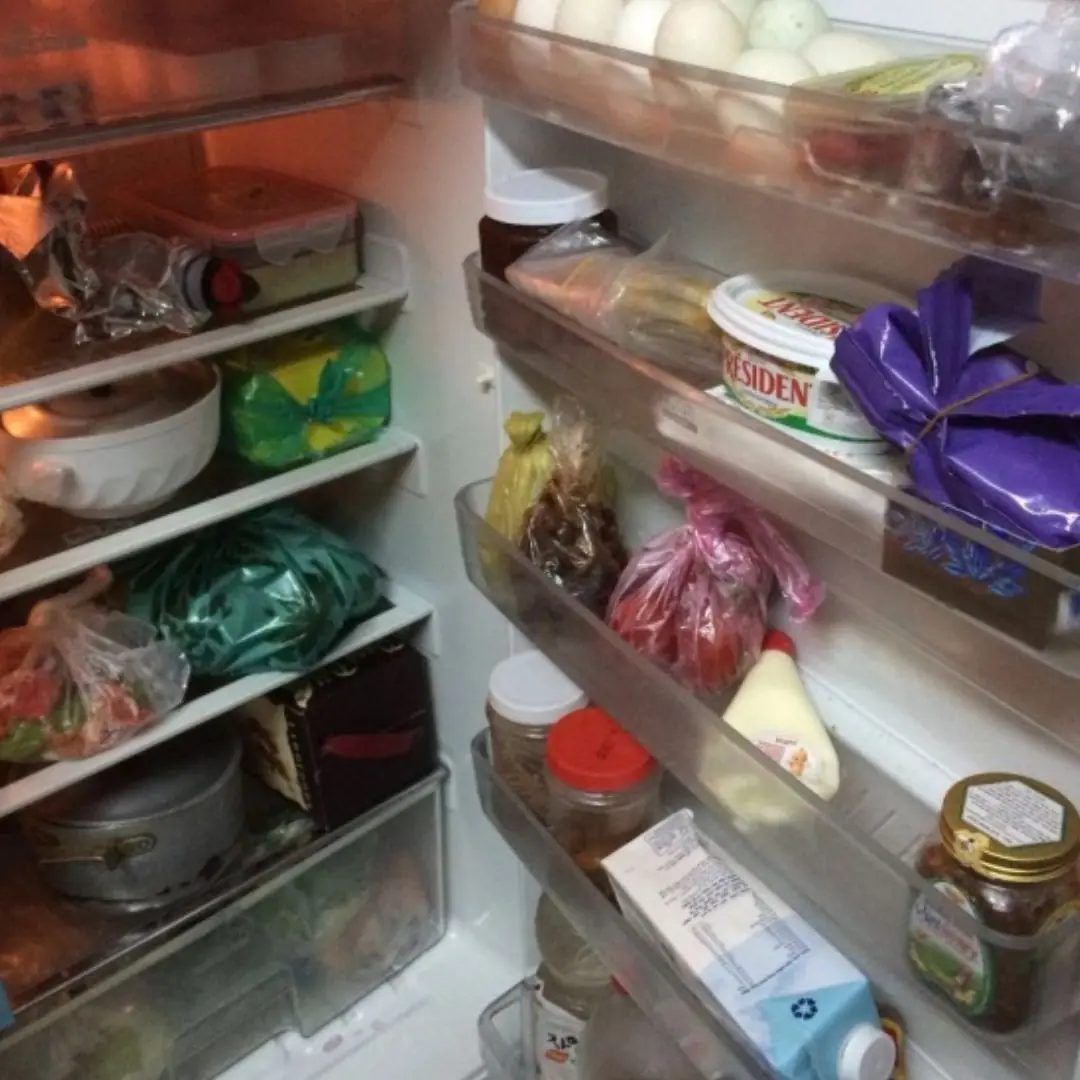
4 warning signs that frozen meat has spoiled
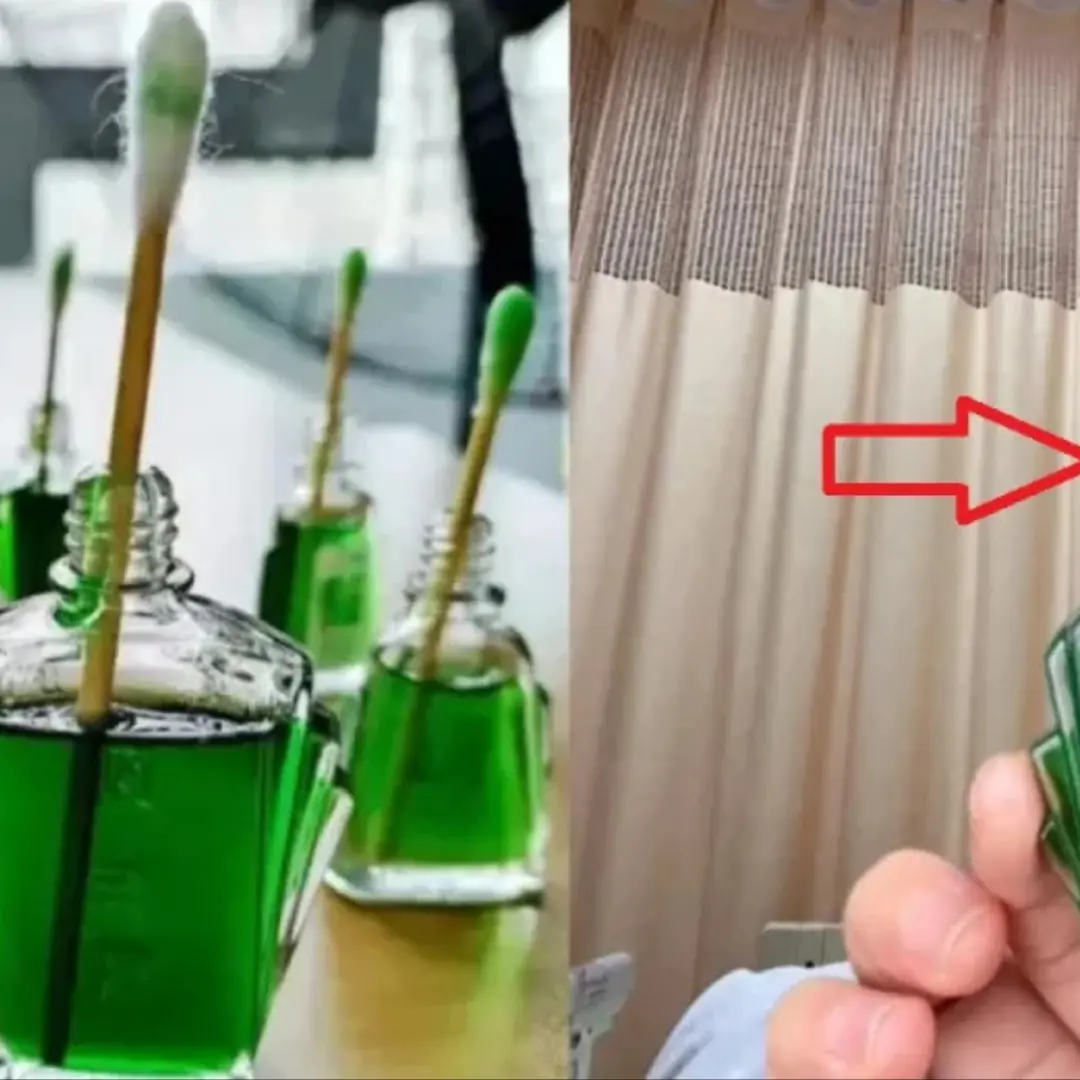
Put cotton swabs in a bottle of essential oil and place it on the bedside table: Simple and the whole family can benefit.
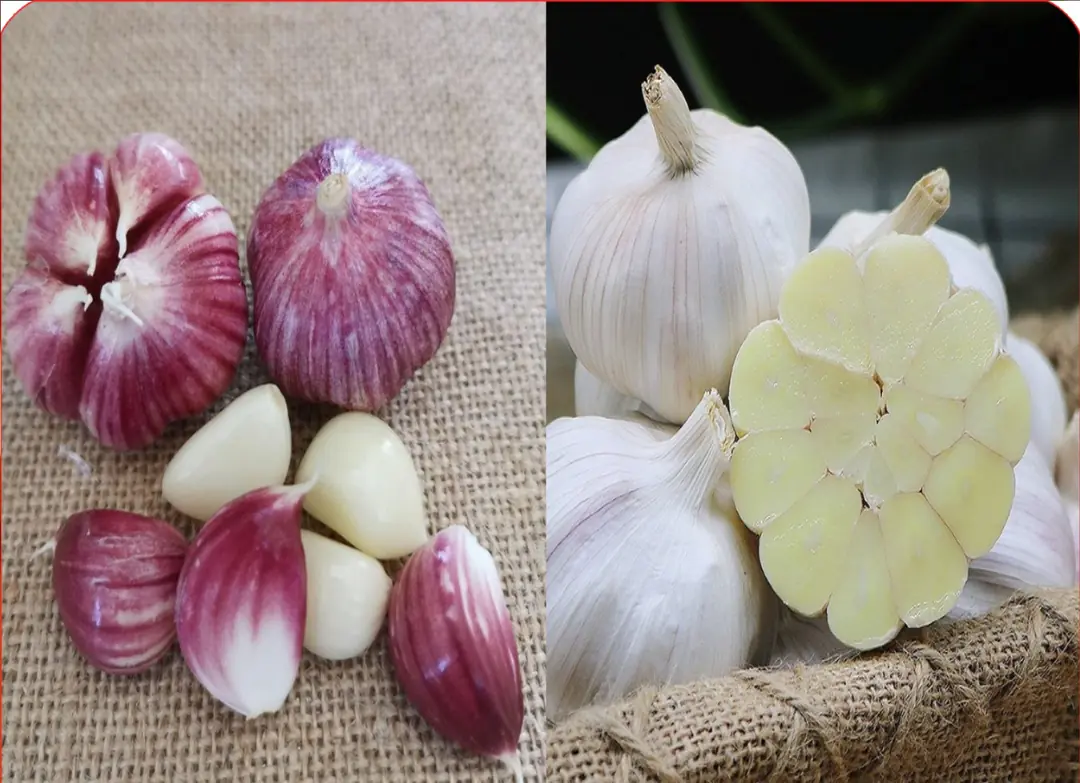
Purple or white garlic skin is better? An old farmer said something, suddenly I was "brain-cleared"
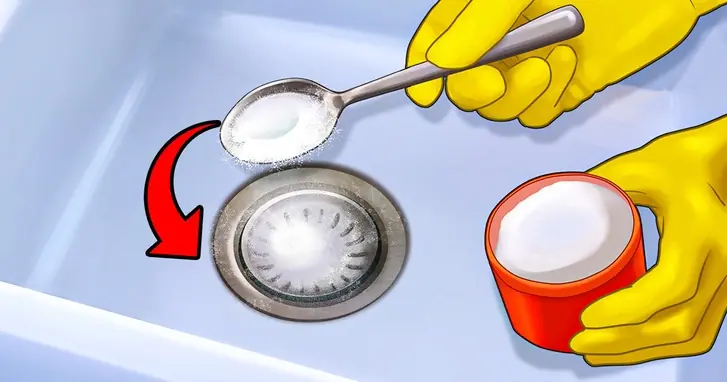
Benefits of pouring salt down the drain
News Post
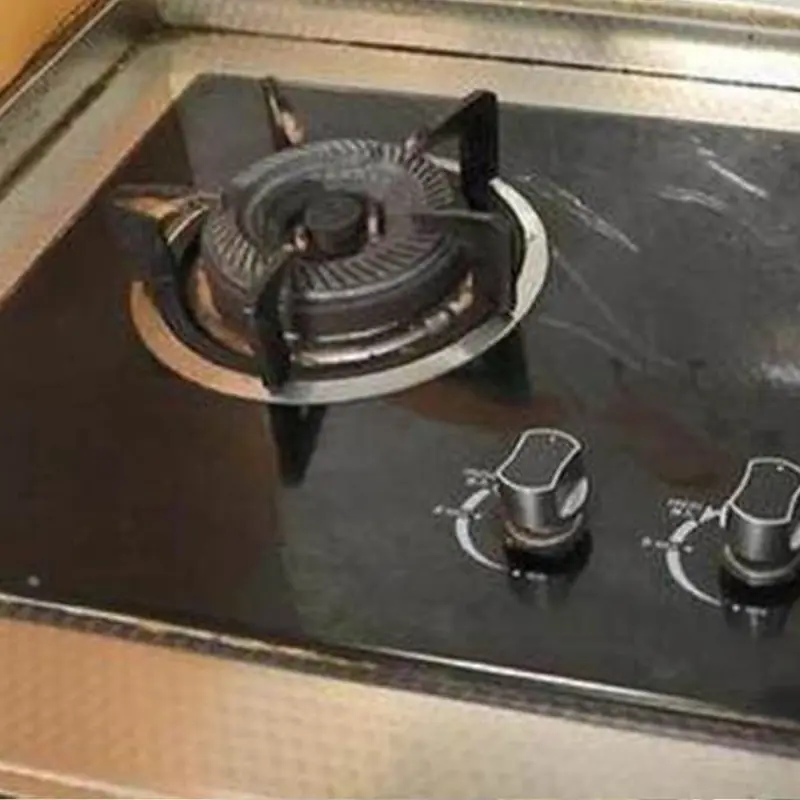
No Matter How Wealthy Your Family Is, Never Cook on the Left Side of a Double Gas Stove — Here's Why You Need to Know

Restaurant Pays a Heavy Price After Falsely Accusing Millionaire Family of Dining and Dashing

Chest Tightness, Muscle Fatigue, Shortness of Breath: Don’t Dismiss These as Common Flu Symptoms
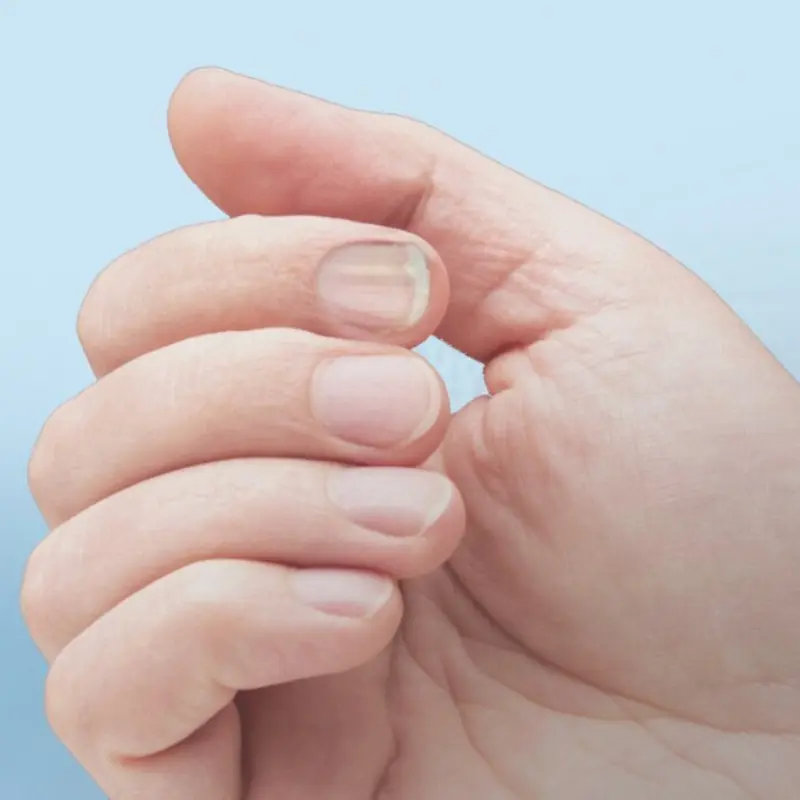
Experts Claim Little-Known Change to Your Fingertips Could Be an Early Indication of Cancer

Teacher Dies of Diabetes at 36 Despite Avoiding Sweets — Doctor Points to 4 Everyday Foods

Discovering a type of wild vegetable that is the 'nemesis of can:cer'

Familiar fruit has the ability to fight can:cer

Why does the Covid-19 JN.1 variant persist?

Waking up tired despite getting enough sleep is not only uncomfortable, but it can also be a sign of an underlying medical condition. This fatigue is often overlooked, blamed on insufficient sleep or stress.

3 signs of fatty liver appear on hands and arms

IU & V reportedly spotted dining together at a luxury restaurant

This type of vegetable has more calcium than bone broth, eating it every day saves you money on supplements
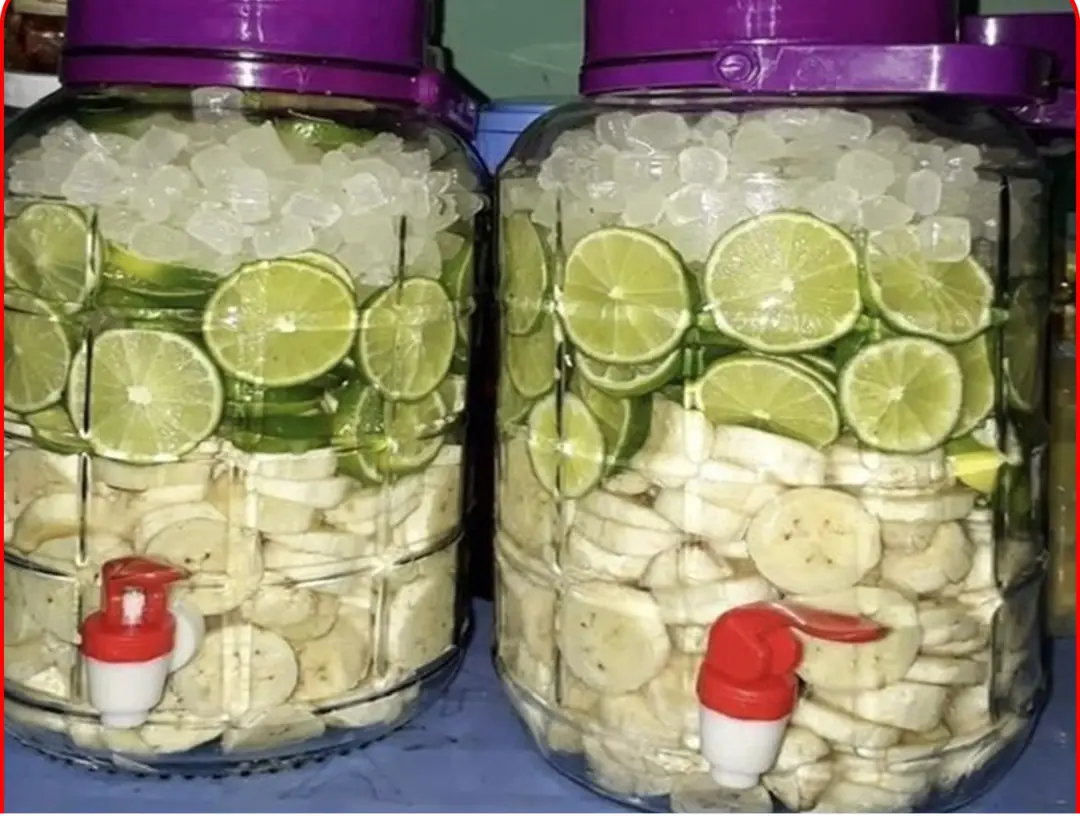
Homemade "miracle cure" made from lemon is spreading to help prevent strokes

5-Second Skin Aging Test: Instantly Find Out Your Skin's Real Age

Attached Greenhouse

8 inspiring backyard greenhouse ideas for every gardener

Why should garlic be kept at the head of the bed?

A Horseman in the Sky
